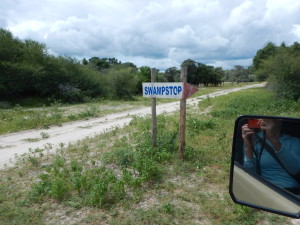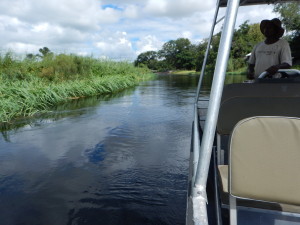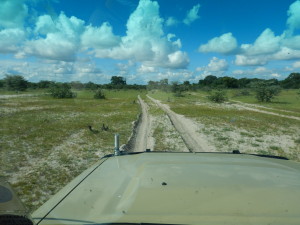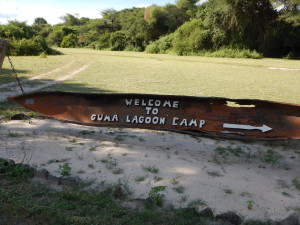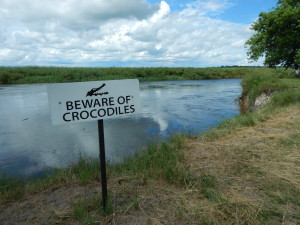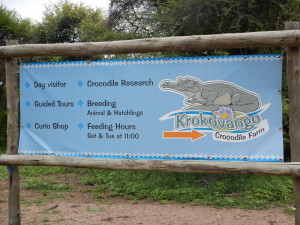By day 3, a question about the Okavango was emerging. Where are all the fish?
We stopped by a fish camp adjacent to Shakawe River Lodge to see how they were doing – catch-wise. The fish camp is really a big storeroom with scales, sinks, a cold room, and lots of freezers. It’s a holding facility for freshly caught fish before they move on to markets in Botswana and Zambia. The storeroom is usually full, but today, we find it empty. The freezers are defrosted and standing with their lids open.
My colleague tells me the fish camp used to serve a cooperative of up to 20 fishermen. These guys would go out in mokoros (traditional dug-out canoes powered by poling), set nets, and bring in catches of 40-50 fish per day. In August, 2015, my colleague was here and noted that the freezers were full. August marks the end of the flood season, so very different conditions to the “new flood” that comes in March. This year, people tell me, the flood is late, and on the low side.
At the moment, just two fishermen are working in the cooperative, according to the lady who watches the camp during the day. Those are the guys we met yesterday. They are catching 0-6 fish per day at the moment. So, there is no need to power up the freezers. And no income coming in.
At least I feel vindicated. Our lack of success catching fish seems to going around, so perhaps our methods are not the problem. Maybe something else?
Whenever we set nets, I take basic water quality measurements – dissolved oxygen, pH, temperature, total dissolved solids, nitrate, nitrite, salinity, and conductivity (also a measure of dissolved salts in the water, pure water should be close to 0 µS/cm).
Yesterday, we set nets at three locations, and I measured oxygen in the water three times. Honestly, I thought my oxygen meter wasn’t working properly. I calibrated and re-calibrated. The numbers I got ranged from 1.51 – 3.46 mg/L.
For comparison – generally, fish are only happy when oxygen levels are above 5 mg/L. When I worked in lakes in Florida, I usually measured 7-10 mg/L during the day, when photosynthesis by plants was actively adding oxygen to the water.
Maybe the low oxygen is driving fish away?
The poor fishing success at the camp has helped us decide to move on. So, today we’ll get food and supplies in Shakawe (we need another piece of PVC pipe to house a datalogger – our other one blew off the boat on the drive down). I want to stop in at Krokovango Crocodile Farm in Shakawe because I hear they have a research camp, and I want to find out more. Later we’ll stop at Sepopa Swamp Stop to measure water quality, and then head to Guma Lagoon for more fish collecting.
